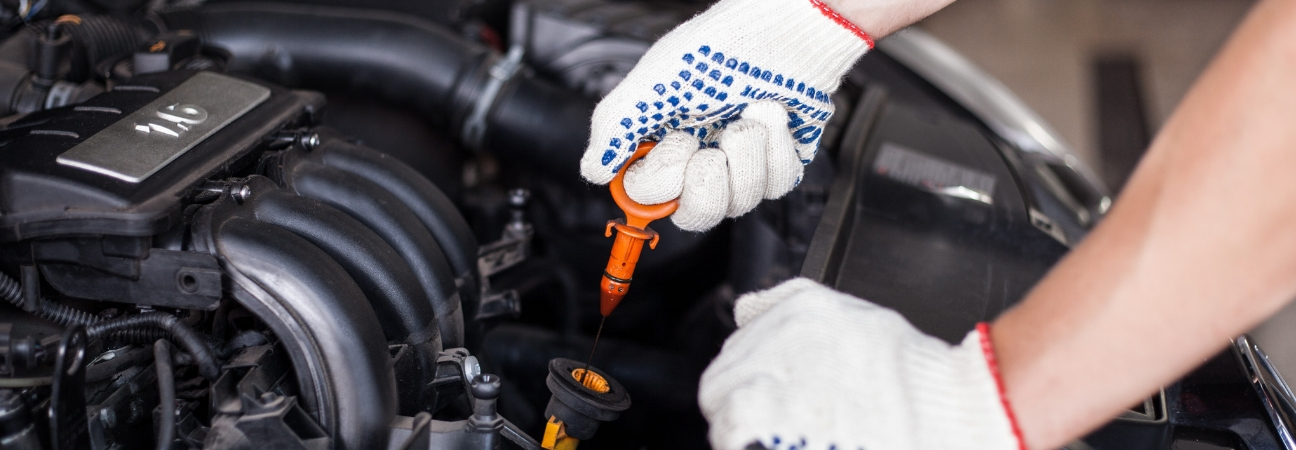All Categories
Featured

Few points are much more worrying for a motorist than the sudden lighting of the check engine light (CEL) on the dashboard. While it could set off prompt problem, comprehending what this light represents can equip you to deal with the scenario successfully. Let's check out the possible factors behind the CEL and the steps to solve it.
What Does the Inspect Engine Light Mean? The CEL belongs to your vehicle's onboard diagnostics (OBD) system. It keeps an eye on a selection of systems within the automobile, including discharges, fuel effectiveness, and overall engine performance. When the system spots a mistake or abnormality, it causes the CEL to inform the vehicle driver.
Solid Light: Shows a non-critical problem, such as a small sensor malfunction. It still calls for interest to stay clear of long-lasting damage. Flashing Light: Signals an extreme concern, like an engine misfire, that needs prompt interest to avoid substantial damage. Typical Factors for the Examine Engine Light. Here are some of the most frequent sources of a CEL, varying from simple to complicated:
Loose Gas Cap:

A damaged or loose gas cap can interfere with the gas system, causing the light. This is among the easiest problems to fix-- merely replace the cap or tighten. Oxygen Sensing Unit Failure:
The oxygen sensing unit determines the air-to-fuel proportion for ideal burning. A defective sensor can cause lowered fuel efficiency and greater exhausts. Ignition System or Ignition Coil Problems:
These elements are vital for the combustion procedure. Damaged trigger plugs or malfunctioning coils can create misfires and harsh engine performance. Catalytic Converter Issues:
This element decreases dangerous emissions from your vehicle. Failure to address other engine issues can bring about catalytic converter damages. Mass Airflow (MAF) Sensor Failing:
The MAF sensor ensures the correct amount of air blends with fuel. A dirty or falling short MAF sensor can reduce power and gas performance. When the CEL Comes On, actions to Take. Don't Panic:
Take a moment to observe your automobile's efficiency. Is it driving normally, or are there symptoms like reduced power or weird sounds? Check the Gas Cap:
Tighten or reseat it if necessary. This easy fix resolves lots of CEL instances. Utilize an OBD-II Scanner:
Connecting in a scanner gives details trouble codes that recognize the issue. Many automobile components shops offer this solution free of charge. Check out a Technician if Essential:
If the CEL remains on or flashes, have a professional inspect your cars and truck. Delaying repair services might bring about much more costly solutions. Preventative Actions to Avoid CEL Issues. Routine Maintenance:. Adhere to the producer's schedule for oil adjustments, ignition system substitutes, and air filter cleansing. Evaluate Secret Elements:. Occasionally check your gas cap, belts, and hoses for wear or damage. Usage Top Quality Gas and Oil:. Costs items can stop residue accumulation that may affect sensing units and engine parts. Why You Need To Address the CEL Immediately. While it's tempting to ignore a strong CEL, laziness can lead to severe consequences. What begins as a small concern-- like a loose gas cap-- can advance right into costly repair work. Attending to the light very early guarantees your car remains risk-free and effective.
Conclusion. The check engine light is not a cause for immediate panic, yet it needs to never ever be neglected. Understanding its function and prospective triggers outfits you to make informed decisions, whether it's a fast gas cap modification or a trip to your technician. With correct upkeep and timely action, you can keep your vehicle running smoothly and stay clear of unnecessary repair services.
Latest Posts
Affordable Prices on Top-Condition Used Cars
Published Dec 19, 24
1 min read
Unbeatable GMC Offers at Greenway GMC
Published Dec 19, 24
1 min read
What to Expect During Your Car Buying Process: A Step-by-Step Guide
Published Dec 19, 24
2 min read